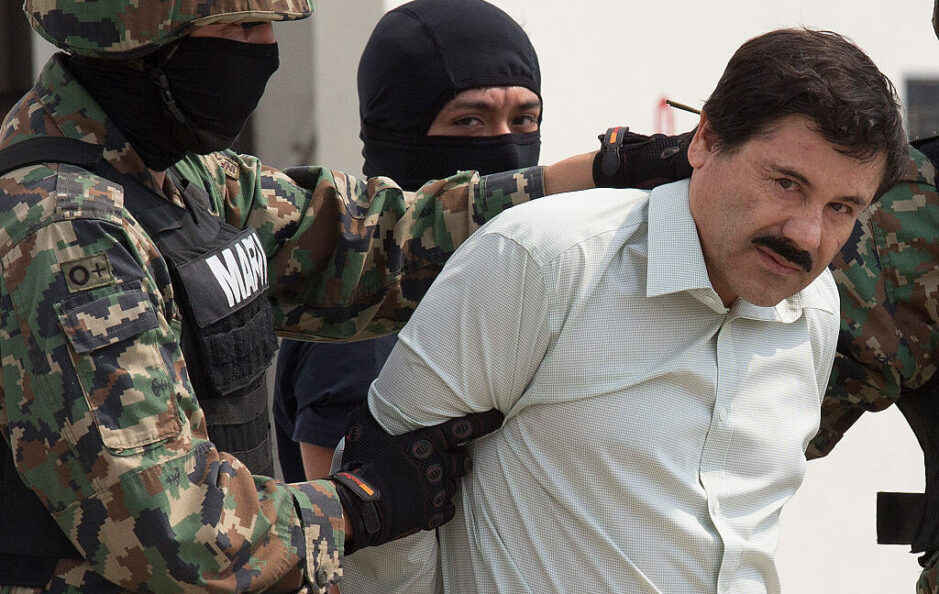Sinaloa Cartel’s Surveillance Tactics Exposed in Justice Department Report
Introduction
A recently released report by the Justice Department reveals alarming details about the lengths to which the Sinaloa drug cartel will go to protect its interests. The cartel allegedly hacked the phone of an FBI official involved in investigating Joaquín “El Chapo” Guzmán. This bold move underscores the escalating sophistication of cartel surveillance tactics and raises significant concerns for law enforcement agencies.
Cartel’s Hacking Campaign
According to the report, an individual linked to the cartel detailed how a hired hacker exploited mobile phones and electronic devices. The hacker monitored the FBI Assistant Legal Attaché, obtaining sensitive information such as call logs and geolocation data linked to the official’s phone. Utilizing Mexico City’s camera surveillance infrastructure, the hacker tracked the official’s movements and identified individuals he met. The data collected was reportedly used to intimidate, and in some cases, eliminate potential informants or witnesses.
“According to the FBI, the hacker also utilized Mexico City’s camera system to follow the [attache] through the city,” stated the heavily redacted report, highlighting the degree of technological exploitation in cartel operations.
Widespread Surveillance Threats
The incident is part of a broader pattern of what the report terms "ubiquitous technical surveillance" (UTS). This phenomenon refers to the mass collection of data paired with analytical methods for connecting various entities—people, events, and locations. The report identified five primary vectors of UTS, which include visual, physical, electronic signals, financial tracking, travel data, and online behavior.
Though the UTS threat has existed for decades, the authors of the report noted that advancements in readily available hacking tools have made it easier for criminal organizations and less technologically advanced nations to engage in such practices. Sources within the FBI and CIA have characterized this escalating threat as “existential,” indicating its profound implications for national security.
Real-World Implications
The report included another case illustrating UTS’s impact on law enforcement efforts. In that incident, the leader of a different organized crime group suspected an employee of being an informant. To confirm this suspicion, the leader allegedly searched through call logs on the employee’s phone for numbers associated with law enforcement agencies. Such activities not only jeopardize investigations but also put the lives of potential witnesses and informants at significant risk.
Conclusion: A Growing Concern for Law Enforcement
The findings of this report highlight a multifaceted challenge for law enforcement in combating organized crime. The ability of criminal enterprises to leverage advanced surveillance techniques poses a severe threat not just to investigations but also to public safety. As criminal organizations become increasingly sophisticated in their technological approaches, law enforcement agencies must adapt rapidly to counteract these threats.
The implications of these developments are wide-ranging, suggesting a need for heightened collaboration among federal, state, and local law enforcement to address the evolving landscape of crime in the digital age. Failure to do so could empower criminal networks to operate with greater impunity, raising serious concerns about the safety and security of communities across the nation.









